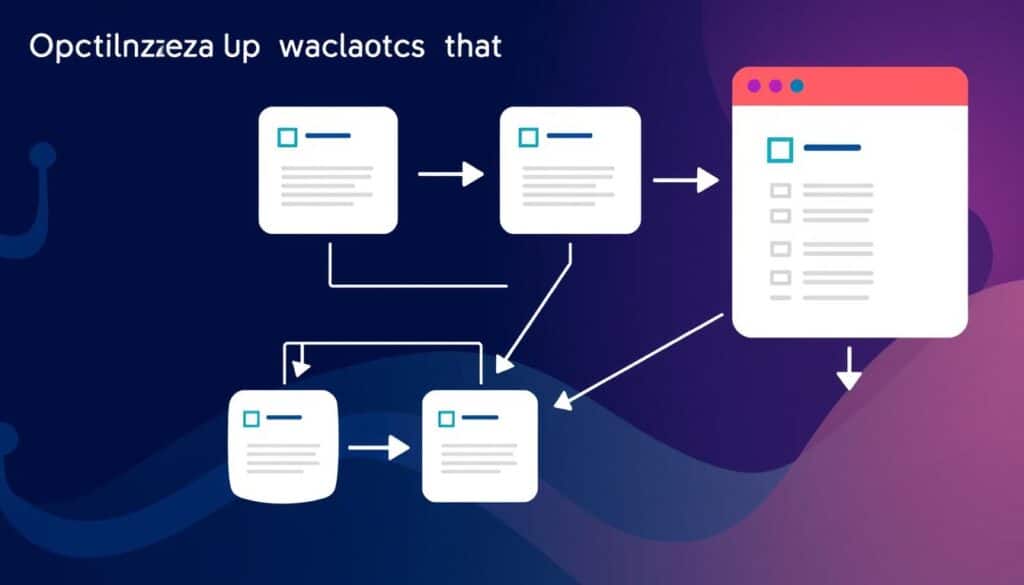Collecting Addresses Through a Address Collection Site
Addresses can be a lengthy, difficult task during the COVID outbreak. A centralized list will make the process of collecting addresses for a wedding or event much simpler.

Create a website using your own personal URL. Share this link with family and friends so they can give you their addresses birthday information, phone numbers and so on. Your new website will save all of this information for you, free of cost, limitation or hassle.
Addresses to collect
Addresses collection is an essential task for any wedding. It can be accomplished through a variety of methods including traditional and digital. The most efficient way to collect and compile addresses is to use a website that can help you in this process. These websites are simple to use, and you can share them with your family and friends so they can also include their details online. You can download the information at any time in an CSV or spreadsheet. These websites are usually free to use and will never sell your address details or keep it in any database.
Mailbook is one of the most sought-after options for digital invitations. This site helps couples gather and compile all the information they require to design their invitations. After registering for an account for free you will receive a unique link which can be shared by text message, Facebook or email. The link will prompt users to input their address details and then save it for you in your personal contact list. The service comes with a range of features that will make the wedding planning process for couples.
Another method of collecting and organizing addresses is an app that is available on a smartphone or tablet. These apps can be used to design personalized envelopes and labels that can be used to mail out invitations and thank you cards. The majority of these apps are free to download for free and provide many different features that can be helpful to any wedding planning.
There are several methods to collect addresses. Combining both manual and digital methods is the most effective method to ensure that all your guests get an invitation. In addition to making the process more efficient, having a central list of addresses can also aid you to communicate with your wedding vendors and tick off other items on your to-do list.
Mobile Apps
Every mobile phone has an address book built-in, often called "Contacts." The apps also include other tools to help manage personal information. Some apps include backup and sync features which let you transfer information about your contacts and content between devices. Others offer special features, such as a social compass that informs friends of each other's presence, or a caller ID service that lets users exchange contact information in one click.
CircleBack (Free/ iOS) works to weed out duplicate entries and improve the information about contacts by automatically integrating new information from social media accounts. The app also detects the absence of information, such as job titles, and signals when a contact has been updated on a different device.
Stat Trak Address Book (FreeStat Trak Address Book (Free Windows) is an intuitive software application for storing contact information and printing address books and labels. Its flexible features permit you to save additional information as notes and group data into categories. The software allows you to recall contacts by their first or last name, and also provides reminders for birthdays coming up. It can also analyze data and produce detailed reports, which can save time by automating some tasks. The software provides multiple printing options for envelopes and address labels, including a template feature to create your own designs.
Manual Methods
Addresses are an essential element of information that is used for administrative purposes, emergency response, research and development and mapping, GIS, and routing and navigation. Addresses are collected by thousands local jurisdictions and are stored in numerous databases and records. They can be used for different purposes. They are a challenge to integrate into central databases due to the various formats and kinds of data. Software programs can help parse and standardize this information to eliminate errors and duplicate entries, and ensuring that the data is accurate and complete.
These programs use algorithms that rely on complex databases and structures such as GeoPostcodes in order to test the validity and consistency of data. The data is then incorporated into the CSDGM in order to create one file. The program also allows comparison of the database with authoritative databases to verify its accuracy and current status.
While these programs can provide beneficial functions but they are usually expensive to set up and maintain. This makes difficult to implement them for large companies or for the general public to access and use. Additionally, they could be vulnerable to errors and bugs that can result in inaccurate or insufficient address data.
There are a few standards that can be used to support data related to addresses, such as the Content Standard for Digital Geospatial Metadata(CSDGM), OpenGIS Simple Features Specification For SQL Revision 1.1 and the Geographic Information Data Model(OGDM). The OGC has a number of other standards that are focused on address data. However, they do not take into account the quality of information or report.
The OGC has developed three standards: ISO 19113, 19114, and SDTS. ISO 19113, 19114, SDTS. These standards are more focused on the description and transfer of address-related data. 주소모음 include content testing for the various applications of this type of metadata, and ways to test the quality of the data.
A database is the most popular way to collect and store address information. It can be as simple a spreadsheet or as complex as data structures and tables. This is a widely used and adaptable tool, but it can be difficult to create and maintain, especially in large organizations.
